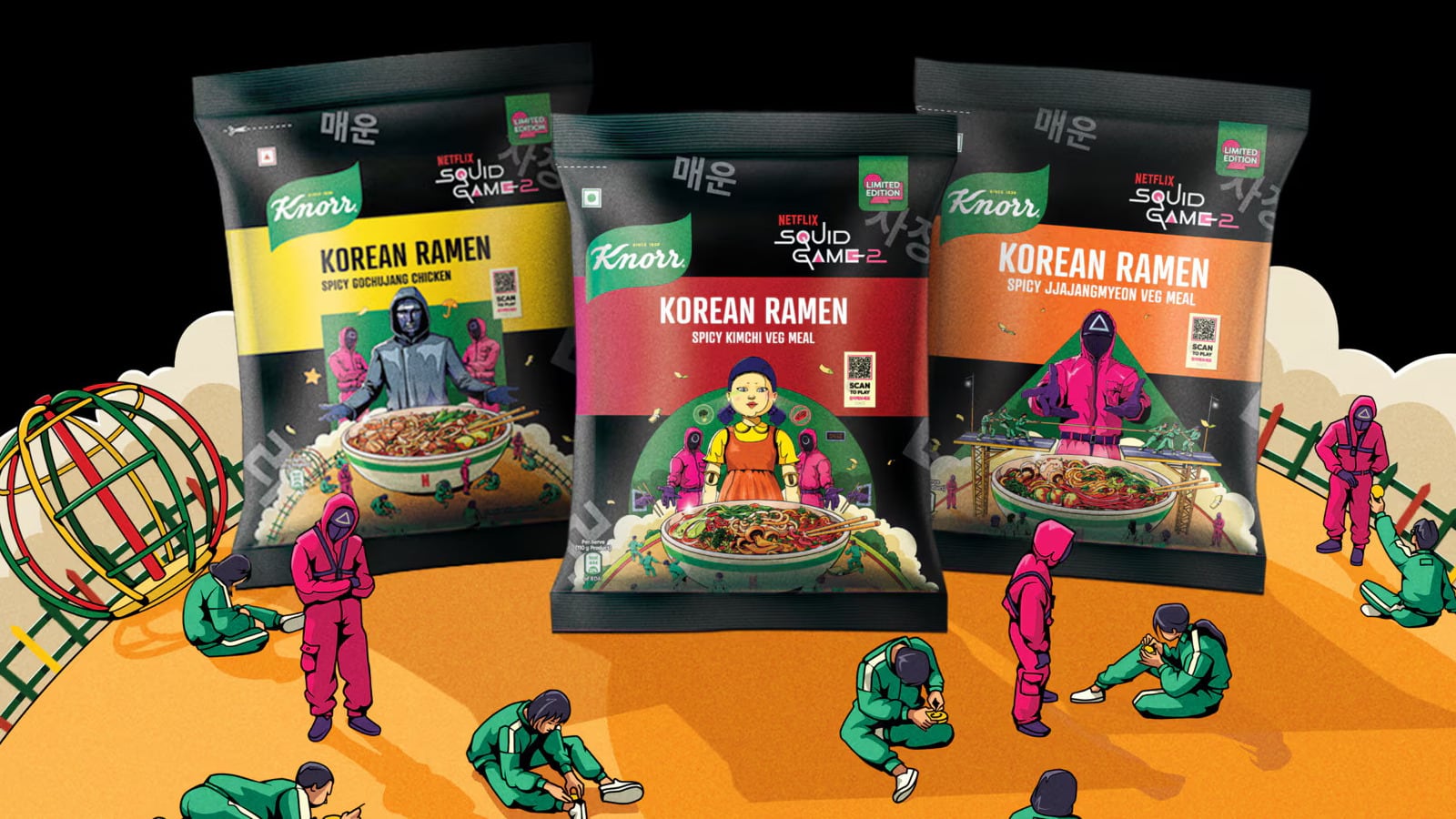South Korea has been investing a great deal into its food export market over the past few years, steadily growing across various markets from South East Asia to North Asia and more.
According to the local Ministry of Agriculture, Food and Rural Affairs (MAFRA), these efforts continue to yield very fruitful results for the country as the value of its export market has continued to grow.
“The cumulative value of exports of all agrifood products for the first quarter of 2025 has reached US$2.48bn, which is a year-on-year growth of 9.6%,” MAFRA spokesman Seung-ho Choi told FoodNavigator-Asia.
“The biggest growth we saw in this time has come from the Gulf Cooperation Council (GCC) market, i.e. the Middle East, which grew 37.9% year-on-year to US$81mn in value.
“This was followed by the European Union and UK (34.1% growth), North America (21.7% growth) and Commonwealth of Independent States (CIS in Eurasia, comprising former Soviet republics) and Mongolia (15.7% growth).”
In terms of food categories, the ministry has found spicy foods to be a particularly strong driver of sales this year for many of its key export markets.
“Spicy tastes have been growing popular around the world, and this drove up the exports of ramyeon (instant noodles) to the ASEAN region, the EU, the CIS, and the GCC as well as to major markets such as the U.S. and China,” he added.
“The largest importer of ramyeon was China, both in terms of value and growth, with 74.3% year-on-year growth in ramen imports to hit US$76mn.
“A similar trend was seen for sauces, where exports were driven up by spicy items such as Carbo Buldak sauce and Buldak Mayo sauce known for being spicy; traditional Korean jang such as doenjang (soybean paste) and gochujang (red chili paste); and Korean-style chicken sauces that suit the tastes of local consumers.”
Chicken concerns
Another key food export highlighted by the ministry was poultry, made popular by one of the country’s flagship dishes, ginseng chicken.
“In terms of processed chicken such as Korea’s samgyetang (ginseng chicken), the biggest export market has been to the United States,” he said.
“This is on the back of a growing trend of U.S. consumers looking for ready-to-eat food, as well as an expansion of entry of home meal replacements (HMRs) into largescale retail stores and Korean supermarkets in the U.S.”
However, given the recent announcement of tariff hikes on all exports into the United States announced by President Donald Trump earlier this year it is as yet very uncertain whether this growth trajectory can continue to be maintained.




